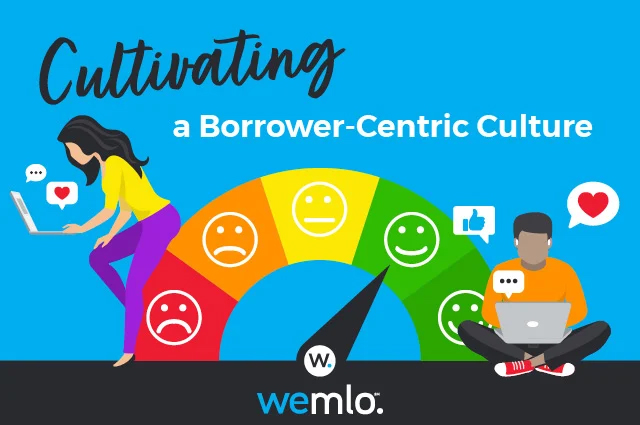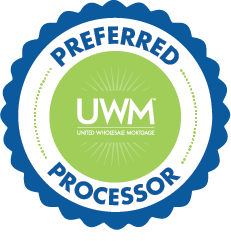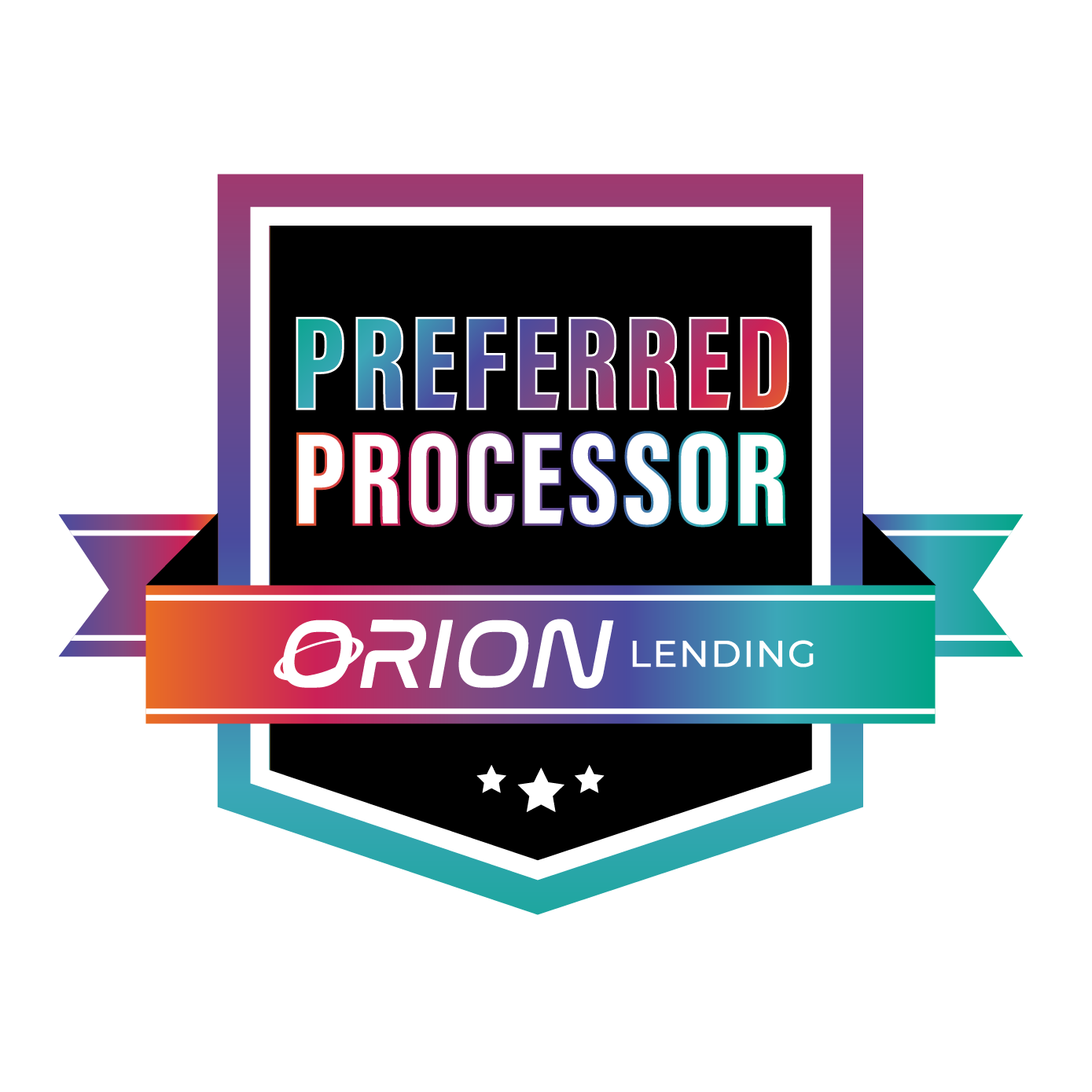Cultivating a Borrower-Centric Culture

Here’s How To Create An Empowering Culture
While relationships with real estate agents and colleagues are certainly critical for MLOs, the bonds you forge with borrowers are perhaps the most important part of doing business. After all, at the end of the day, it all comes down to what the borrower thinks, feels, and wants during a highly emotional transaction. When you consider the current market conditions, creating an empowering culture that benefits borrowers is no longer a nice-to-have, but a must-have for mortgage professionals.
So, how exactly does one cultivate a strong, borrower-centric culture? From leading with empathy to sticking to your word to acting on feedback, here’s how to build a culture that clients will actually want to be a part of:
Lead with empathy
After a couple of unprecedented years, it is easy for mortgage professionals to become immune to the wild ride that is the housing market. However, for many borrowers, especially first-timers, this is an incredibly challenging time to be in the market. It might sound simple, but put yourself in the borrower’s shoes and realize that purchasing a home can be an anxiety-inducing experience at the best of times, much more nowadays. Remember, with a transaction this large comes big emotions so always keep empathy at the center of the borrower experience.
Personalize your approach
The easiest way to make the borrower feel appreciated is to adapt your approach and tactics to them, specifically. After all, the data doesn’t lie! A staggering 90% of American consumers report finding personalized marketing content appealing.
To put this tactic to work, consider making a point to mention a prospective client’s name in your initial outreach call, laying the foundation for a fruitful relationship and differentiating yourself from the other local MLOs who may rely on a robotic, cookie-cutter script. In the same vein, adding their name or other information to any presentations or take-home materials will help them feel included and invested in the process.
Prioritize communication
Lay out a plan for regular communication touchpoints, whether the client prefers texts, calls, or emails. Then, be sure to follow through. Clear and frequent communication will keep the borrower feeling confident and invested in the process, while you remain top-of-mind.
Refrain from using industry jargon
For many borrowers, nothing will be more alienating than sitting through a meeting stuffed with confusing lingo and mortgage industry-specific jargon. Remember that many borrowers are approaching the process with some degree of fear, anxiety, and inexperience. Unlike you, most will not have the background knowledge or education needed to feel settled.
Make a point to explain any new terms, answer all questions to the best of your ability, and overall seek to ease anxiety. If you’d like to go above and beyond, a cheat-sheet that demystifies any relevant industry terms could also go a long way.
Always ask for feedback
Borrowers will feel acknowledged and appreciated if you go to them for feedback, whether positive or negative. Prioritize a culture that views feedback as a gift and be sure to communicate that commitment when seeking reviews or referrals. When clients know how seriously their thoughts and opinions are taken, they’ll find themselves feeling even more valued.
Review outcomes and adjust accordingly
After each transaction, take some time to consider what went well and what can and should be improved on. Highlight common concerns that tend to appear often over time.
Then, make the corresponding adjustments. Eventually, you’ll have a catalog of strengths and weaknesses as well as a set of continually improving processes! Your borrower-centric culture will only compound on itself, growing as you go along.
Wrapping up
For customer-focused MLOs, the client experience is everything. A key piece of that puzzle lies in empathizing with how the borrower feels heard, seen, and respected. By working to cultivate a borrower-centric culture, you can win clients, improve systems, and become a better mortgage professional overall. Talk about a win-win-win!




